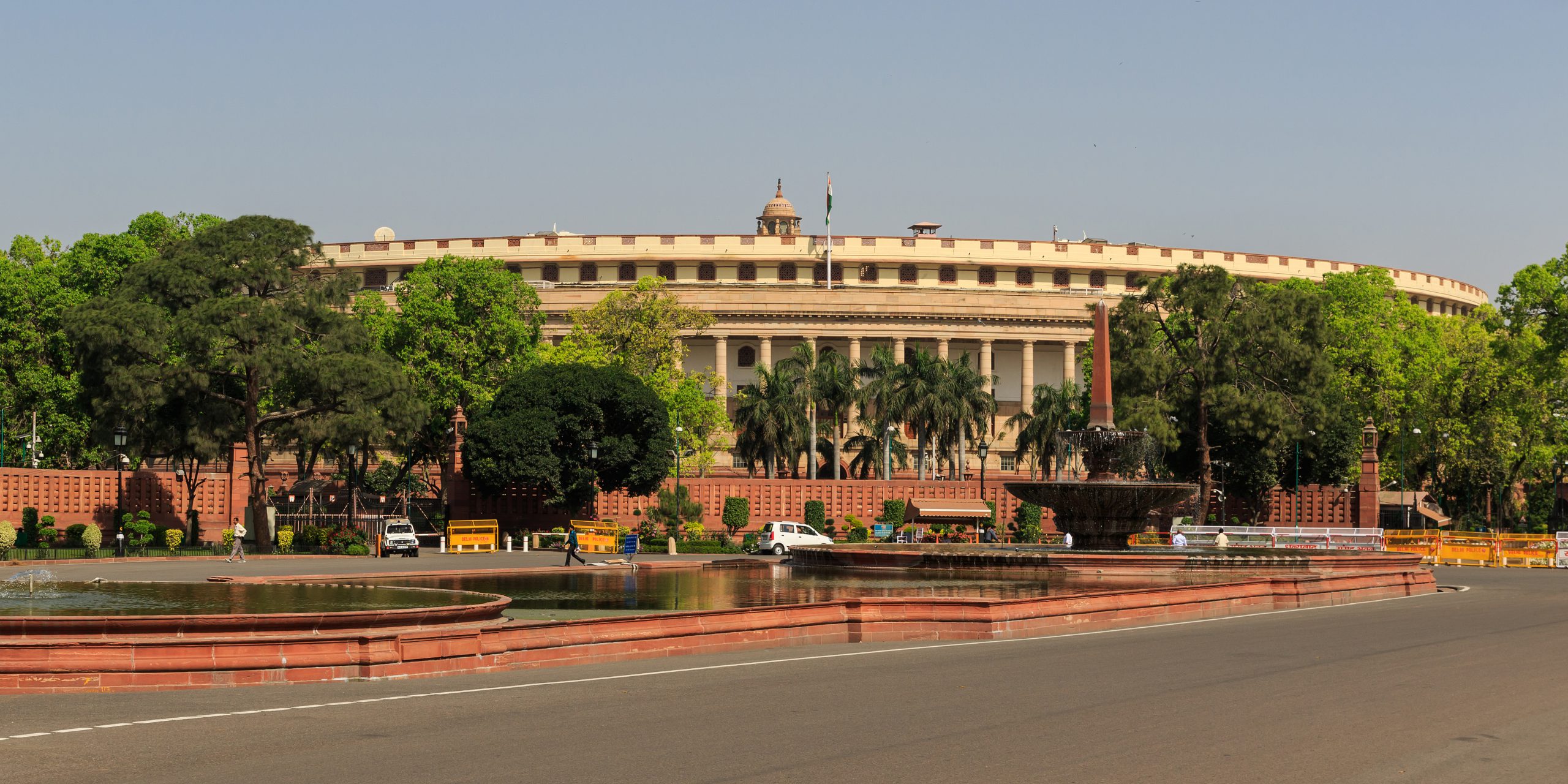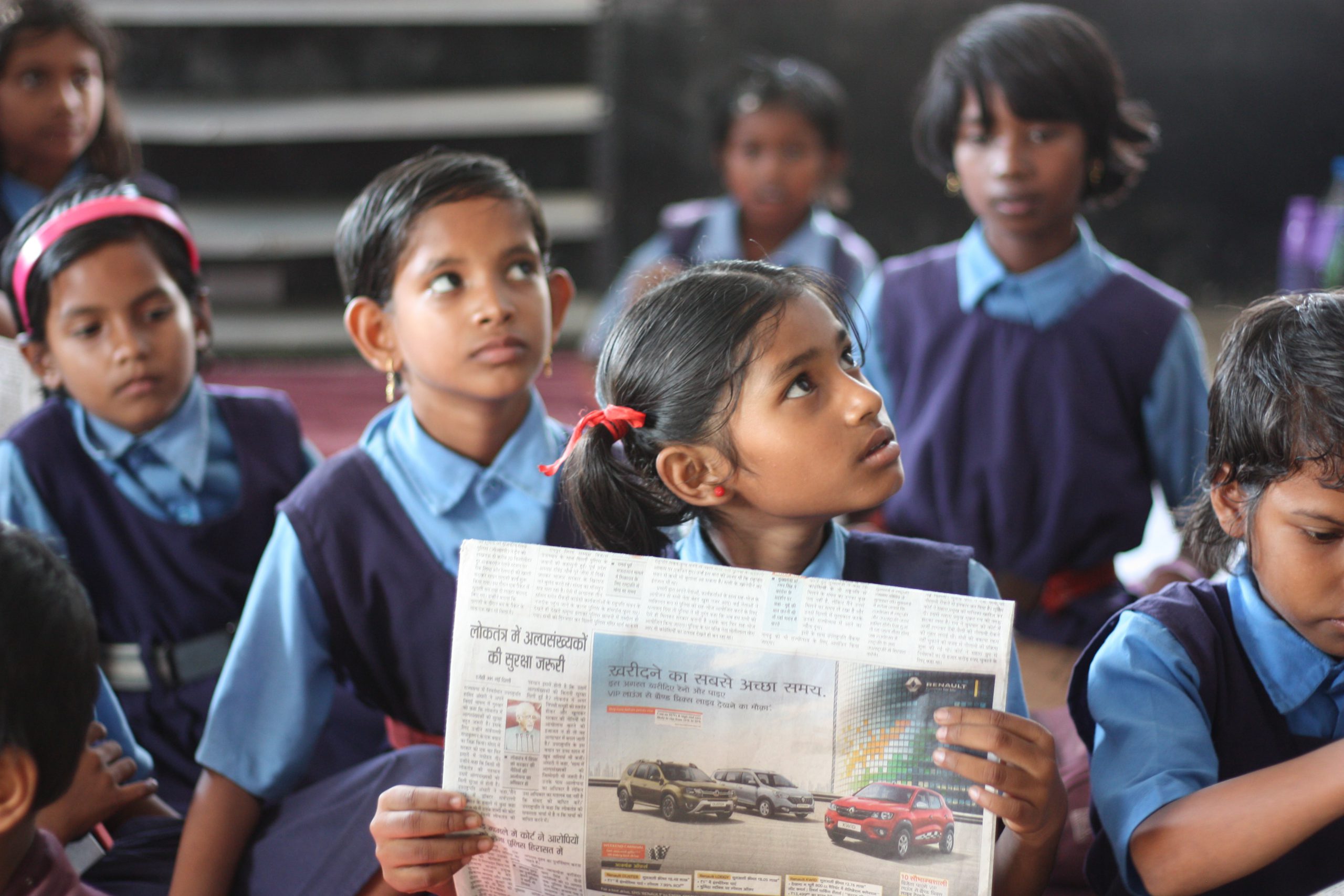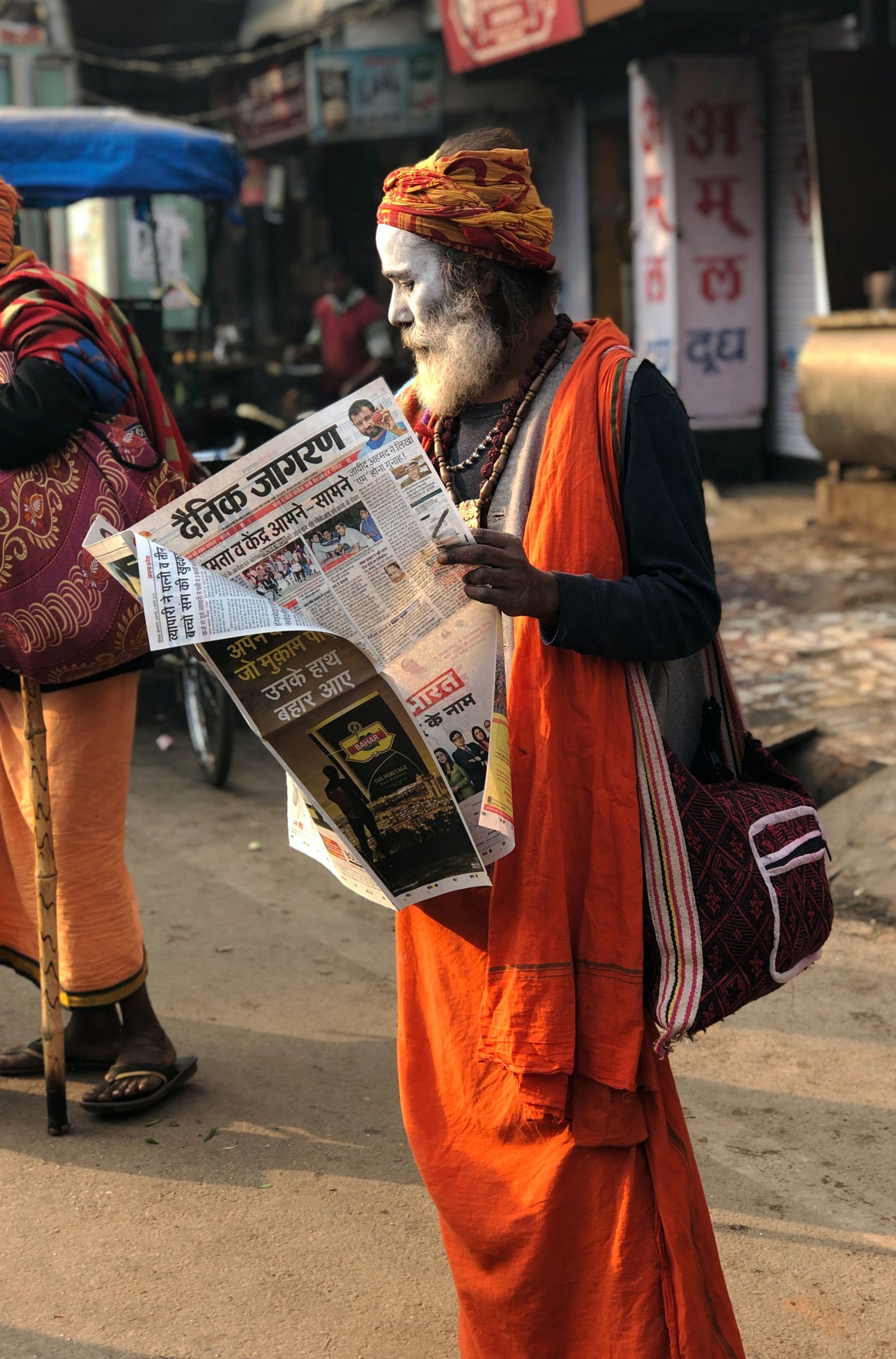Religious minorities and State-funded religious education in India- Part III

The previous piece pointed out mainly two issues that plague the minority education system in India. The first being a broader issue of determination of minority status on a central basis and the second specific issue being, the dispute relating to autonomy of minority education institutions under Article 30 versus State’s power to regulate quality of education and administration therein. The Supreme Court has ruled on both these aspects multiple times and the some of those important cases will be discussed in the current piece.
Determination of minorities
Articles 29 and 30 of the Indian Constitution guarantee few special rights to both linguistic and religious minorities but what shall be the basis or unit for determination of a minority (entire nation, state/union territory or otherwise) has not been prescribed and therefore the issue persists and continues to rear up now and then. The Central government designates certain communities as ‘minorities’ at the national level owing to Section 2(c) of the National Commission for Minorities Act, 1992 which reads ” ‘minority’, for the purposes of this Act, means a community notified as such by the Central Government”. As a result of this, over the years, 6 communities (Muslims, Christians, Sikhs, Jains, Parsis and Buddhists) have been notified as ‘national minorities’ making these communities recipients of benefits and schemes even in states/UTs where they form the majority of the population.
Way back in In Re Kerala Education Bill (1958), the SC held that a ‘minority community’ means a community which is numerically less than 50 per cent. However, it did not define what shall be the geographical unit for determining this percentage. The issue for defining unit for determination of minorities came before the Supreme Court in D. A. V. College Etc v. State of Punjab & Ors (1971) and the Court conceded that – “Religious or linguistic minorities are to be determined only in relation to the particular legislation which is sought to be impugned; if it is State Legislature these minorities have to be determined in relation to the population of the State.” Thus, though it admitted the possibility of a ‘state minority’ for a state specific legislation but the Court did not explicitly say that the unit should always be a state/UT.
It did so in 2002, in T.M.A. Pai Foundation & Ors vs State of Karnataka. An 11-judge Constitutional Bench held that, “Linguistic and religious minorities are covered by the expression “minority” under Article 30 of the Constitution. Since reorganization of the States in India has been on linguistic lines, therefore, for the purpose of determining the minority, the unit will be the State and not the whole of India. Thus, religious and linguistic minorities, who have been put at par in Article 30, have to be considered state wise.” The Court relied on the intention of the framers of our constitution, to devise the method of determining the minority status and the scope for the same. Since they envisioned the states as units for linguistic groups, it follows that religious minorities too can only be w.r.t. a particular state/UT as they stand equal for rights bestowed under Article 29 and 30. Education is a concurrent subject (entry 25) since the 42nd amendment to the Constitution in 1976, therefore the role of Central Government in legislating for education of minorities was also addressed by the Apex court in TMA Pai – “The jurisdiction of the Parliament is to make laws for the whole or a part of India. It is well recognized that geographical classification is not violative of Article 14. It would, therefore, be possible that, with respect to a particular State or group of States, Parliament may legislate in relation to education. However, Article 30 gives the right to a linguistic or religious minority of a State to establish and administer educational institutions of their choice. The minority for the purpose of Article 30 cannot have different meanings depending upon who is legislating.” The Central government in neglect of the above landmark judgment of a Constitutional Bench continued to notify and treat few religious communities as national minorities. The claim of the Jain community to be notified as a ‘national minority’ under Section 2(c) of the National Commission for minorities Act, 1992 was contested before the Supreme Court in 2005, in Bal Patil v. Union of India. Therein the Central government had submitted before the Court that in accordance with the majority opinion in the TMA Pai case, it is “for the State Government to decide as to whether the Jain community should be treated as a minority community in their respective states after taking into account their circumstances/conditions in that state“. It was also submitted that the State Governments of Chhattisgarh, Maharashtra, Madhya Pradesh, Uttar Pradesh and Uttaranchal had already notified Jains as ‘minority’ in accordance with the provisions of the respective State Minority Commissions Act. The SC in view of these submissions conformed with the TMA Pai judgment and held that the state governments must grant Jains minority status if they see fit and held that “ If each minority group feels afraid of the other group, an atmosphere of mutual fear and distrust would be created posing serious threat to the integrity of our Nation. That would sow seeds of multi-nationalism in India. It is, therefore, necessary that Minority Commission should act in a manner so as to prevent generating feelings of multinationalism in various sections of people of Bharat”. The Central government however, took a u-turn on its stand and notified Jains as national minorities on 27 January 2014.
Recently in 2019, a 3 judge bench of Supreme Court dismissed a plea praying for minority status to Hindus in certain states. The Apex Court acknowledging the submission from National Commission for Minorities that the Court does not have jurisdiction to determine who is a minority in any particular region, held that the petitioner should plead before the Commission. The CJI however made the comment – “Religion must be construed as pan India, not on political boundaries of States”. This comment in relation to determination of religious minorities, is in stark contrast to the 11-judge bench judgment in TMA Pai. Another petition praying for directions to the Central government to lay down guidelines for ‘minority’ determination at state-level was recently filed in the Supreme Court and notice was issued (in August 2020) to the Central Government for a response, which has not been submitted yet.
Regulation of education in minority institutions
State’s attempt to regulate education and some aspects of administration in minority education institutions, especially the ones that receive government grants has also come before the Supreme Court multiple times. The SC on this has maintained from the very beginning that minority institutions that are recipients of State funds are subject to government issued curricula and other regulatory frameworks made to ensure quality of education, admissions and hiring. In Re Kerala Education Bill (1958), the Apex Court had opined that the right to administer as granted under Article 30 does not include the right to maladminister. It further clarified, “It stands to reason, then, that the constitutional right to administer an educational institution of their choice does not necessarily militate against the claim of the State to insist that in order to grant aid the State may prescribe reasonable regulations to ensure the excellence of the institutions to be aided.” This applies not only to the government aided but also to the minority education institutions that have been granted recognition under a state legislation. Again in Ahmedabad St. Xavier’s College Society and Another vs. State of Gujarat and Another (1974), the SC held – “The minority institutions cannot be allowed to fall below the standards of excellence expected of educational institutions, or under the guise of exclusive right of management, to decline to follow the general pattern. While the management must be left to them, they may be compelled to keep in step with others.” This was also affirmed in T.M.A Pai (2002), where the Constitutional Bench held that minority institution may be regulated to ensure the welfare of students and teachers. The issue of religious instruction in minority institutes maintained wholly or partly out of State funds or recognised by the State was also addressed therein. The Court stated – “When an educational institution is maintained out of State Funds, no religious instruction can be provided therein” and that even when it is “receiving aid out of State funds or on being recognized by the State, the absolute right of a minority institution requiring a student to attend religious instruction is curtailed by Article 28(3).” This was once again reiterated verbatim by the Supreme Court in 2020 in the case of Sk. Md. Rafique V Managing Committee, Contai Rahamania High Madrasah and Others (in relation to the West Bengal Madrasah Act).
Despite multiple attempts by the Supreme Court to clarify the issues around interpretation and implementation of the rights under Article 29 and 30, there is perpetual neglect on implementation of these judgements and politicisation of these issues has been rampant.








Sriram
Declaring a community as a minority if a population less than 50% s just dumb. what if they are 49%…just to make a point. This is the dumbest ever definition for the minority.